“Exposure to rapid and bright stroboscopic light has long been reported to induce vivid visual hallucinations of colour and geometric formations.” — Hewitt et al., 2025
When you close your eyes beneath the Lucia N°03, you step into a lineage of discovery that stretches back more than two centuries. What you experience—spirals of color, moving grids, kaleidoscopic tunnels—belongs to a phenomenon that neuroscientists call stroboscopically induced visual hallucinations (SIVHs).
A new review article published in Neuroscience of Consciousness brings this story into focus, synthesizing over 200 years of research into stroboscopic light stimulation (SLS). The paper is co-authored by scientists who have worked extensively with the Lucia N°03 in experimental studies, making it both a landmark for consciousness research and a validation of what light travelers already know: flickering light opens portals to extraordinary states of mind.
The Candle and the Spiral: Origins of SIVHs
In 1819, Czech physiologist Jan Evangelista Purkinje documented an experiment: by gazing at a candle flame and waving his hand across his closed eyes, he saw swirling, lattice-like visions. His sketches—the first published drawings of stroboscopically induced visual hallucinations (SIVHs)—bear uncanny resemblance to what modern light travelers report under the Lucia N°03.
A century later, in the mid-1900s, neuroscientist William Grey Walter rediscovered these phenomena in his EEG laboratory. What began as an exploration of brainwaves with strobes quickly revealed a portal into patterned, moving visions that could be studied systematically. Walter speculated that the brain itself might scan the visual field in waves, and that flicker disrupted this rhythm to reveal hidden structures of perception.
A Timeline of Light and Consciousness
-
1819: Purkinje sketches spirals and tunnels behind his eyes.
-
1926: Heinrich Klüver identifies form constants—checkerboards, spirals, tunnels—that appear across mescaline and light-induced visions.
-
1950s: William Grey Walter links SLS to EEG rhythms and rediscovery of geometric hallucinations.
-
1960s: Brion Gysin builds the Dreamachine, a rotating cylinder of light that brought flicker visions into cultural consciousness, inspiring artists from Allen Ginsberg to The Beatles.
-
2000s–Today: Neuroscience fuses with phenomenology, using fMRI and computational models to map how stroboscopic light engages thalamocortical circuits and evokes dreamlike states.
The Lucia N°03, developed in the early 2000s by Dr. Engelbert Winkler and Dr. Dirk Proeckl, carries this torch forward—combining the warmth of halogen light with programmable strobe sequences to create a contemporary vessel for ancient visions.
What the Brain Sees in Light
When bright light pulses between 5–50 Hz across closed eyelids, most participants report visions of geometry, color, and motion.
-
Geometry: Spirals, tunnels, grids, and lattices—mirroring Klüver’s form constants—appear almost universally.
-
Color: Low frequencies bring warm reds and oranges; alpha rhythms (8–12 Hz) open cooler palettes—greens, blues, purples.
-
Motion: Spirals rotate, tunnels expand, patterns morph—a choreography of visual energy.
One participant described it as “stepping into a kaleidoscope made of memory and dream.”
Neuroscientists note that these visuals peak near the alpha band, where brain rhythms naturally idle. Matching strobe frequency to a person’s individual alpha frequency often intensifies the imagery. The Lucia N°03 is the only light system in the world where you can create LIVE light sessions, allowing the "Light Guide" (Practitioner) to slowly move through the frequencies, until there is a match, opening up a beautiful world of colors and patterns for the "light traveler" (person having the light experience.
The Four Models of the Light-Mind Dialogue
The review identifies several overlapping theories for how SIVHs arise:
-
Neural Field Models – Activity in the visual cortex (V1) can form repeating Turing patterns, perceived as spirals or tunnels when projected into conscious vision.
-
Neural Entrainment – The brain’s oscillations synchronize to the flicker, producing steady-state visual evoked potentials that scaffold perception.
-
Thalamocortical Hyperconnectivity – fMRI shows that SLS strengthens communication between the thalamus and higher visual cortices. The more intense the connectivity, the more vivid the experience.
-
Predictive Processing – The brain is a prediction machine. Rhythmic flicker may tilt the balance between expectation and input, generating hallucinatory visions when priors outweigh raw sensory data.
Together, these models suggest that stroboscopic light does not simply “trick” the eyes—it reveals the architecture of perception itself.
Therapeutic Possibilities: Between Science and Soul
Though rigorous clinical trials are ongoing, stroboscopic light has long been explored as a tool for:
-
Stress relief and nervous system recalibration
-
Creative activation and flow states
-
Preparation for psychedelic-assisted therapy, offering a safe, instantly terminable way to enter altered states
Stanislav Grof once tested SLS alongside psychedelics, finding it could both intensify visions and reduce the need for higher dosages. Today, therapists experiment with using Lucia N°03 sessions as training wheels for clients entering altered states: a way to practice “letting go” before embarking on deeper journeys.
The Lucia N°03: Art Meets Science
The review places the Lucia N°03 as part of a lineage stretching from Purkinje’s candle to Gysin’s Dreamachine to modern group installations like Dreamachine (UK, 2022). But unlike DIY strobes or mobile apps, the Lucia uniquely combines:
-
The warmth of halogen (a spectrum closer to natural sunlight)
-
Programmable precision across frequencies and duty cycles
-
Ability to create LIVE sessions to further personalize the experience, allowing the "light guide" (practitioner) to match the light frequencies with the person's unique brain waves.
- Integration with sound and ceremony, creating curated states of expanded consciousness
For many, it feels like a waking dream—a liminal space where science and spirit merge, where the brain reveals its hidden geometries, and where the nervous system exhales into timelessness.










